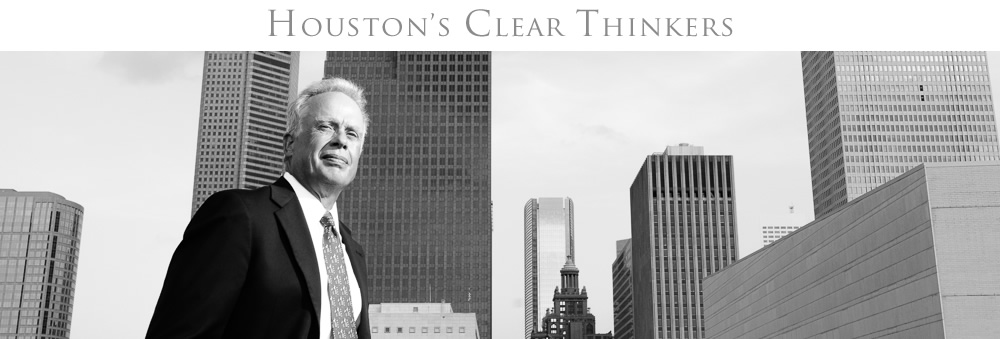 In this post from last week on the proposed downtown soccer stadium, I observed that the Chronicle should simply declare that it supports the public financing of the stadium and quit attempting to rationalize that such financing makes economic sense.
In this post from last week on the proposed downtown soccer stadium, I observed that the Chronicle should simply declare that it supports the public financing of the stadium and quit attempting to rationalize that such financing makes economic sense.
Well, based on this Glenn Davis/Chronicle column, it looks as if the Chronicle took me up on my suggestion.
Actually, Davis’ column is about as good a rationalization for the public financing of the soccer stadium as you will come across. He eschews the economic-benefit ruse and instead contends that it’s worth spending public money on the Dynamo because the club represents the city well internationally, particularly in Mexico and Central America. On the other hand, Davis stretches by suggesting that "the team deserves its own stadium [because it] would elevate the sport and city even more in the eyes of the world."
Just to be clear — there is nothing inherently wrong with public financing of sports stadiums. Davis might even have a valid point that it’s worth using public funds to invest in the Dynamo to bolster Houston’s image internationally, although it would seem that at least some consideration should be given to alternative investments before coming to the conclusion that financing a soccer stadium is the best way to achieve that goal. But let’s at least have truth in advertising during the remaining public discussion on this issue — the marginal economic benefit of a soccer stadium to the community is simply not a good reason to finance it publicly.









